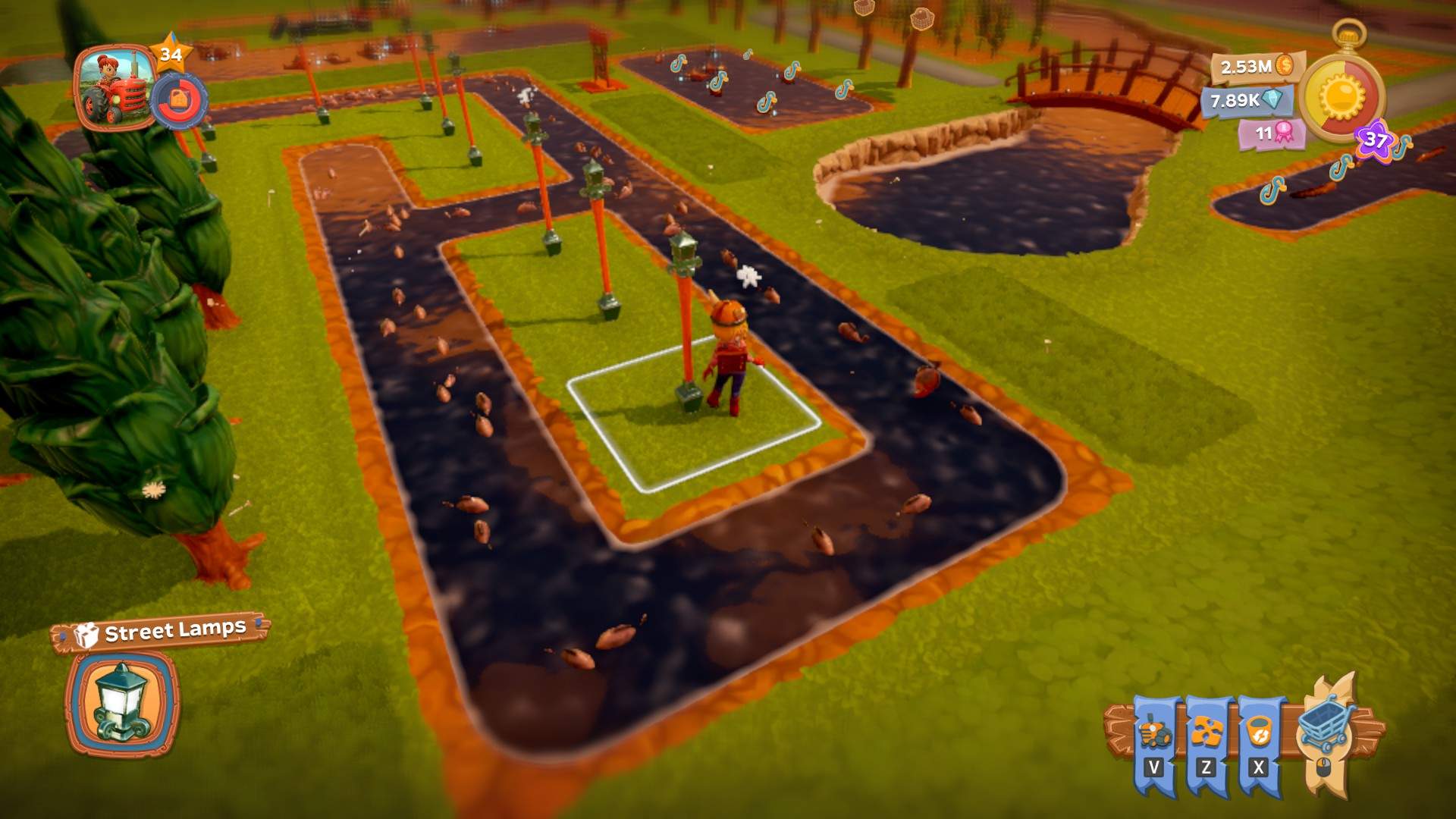
“Farmers are all independent-minded we want to do our own thing,” he says. With funding from the Lopez Community Land Trust, Island Grown was able to get up and running to meet the high demand for local humanely raised meats.Įven without the logistics of ferry crossing, operating a farmer-owned co-operative is no easy task, says Shephard. It began running the mobile processing unit to solve the problem of a lack of processing and market access for the island farmers.

This is all part of the dance that the 77-member co-op has done for almost 20 years. Once processed, the meat travels to the co-op’s packing facility in Bow, Washington. The processor boards the ferry once a week to one or two of the five islands that make up Puget Sound’s San Juan Islands and also travels across five mainland counties in the Skagit Valley. “The advantage is those animals live their lives, and there’s no heat stroke from traveling for miles in a trailer to a processing facility,” says Shephard, who is also the owner of Blacktail, Bass & Beef Farm on San Juan Island. Phil Shephard, board president of Island Grown Farmer Co-Op, estimates the number of mobile processing units now in use is in the thousands. While Island Grown was the first in the country to start using a USDA-inspected mobile processing unit in 2002, a growing number of farmers are coming together to form these kinds of co-ops. She says it fits her farming ethos of doing what’s best for the animals and the land, which receives a nutrient-rich fertilizer from the offal, or processing remains.Ī lack of processing infrastructure has long plagued livestock farmers across the country, stemming from a combination of issues that differ from region to region, including consolidation, a shortage of USDA inspectors and too large a financial and work-load burden for many small processors to take on. “There’s a lot of phone calls, a lot of texting a lot of coordinating,” says David, who wouldn’t have it any other way. This means David, who is one of only a few San Juan Island farmers with the capacity to host the truck, coordinates with smaller farmers to bring their animals to the farm for processing.

#FARM TOGETHER LOCAL CO OP FULL#
The unit, which holds up to 50 carcasses depending on the size of the animal, needs to be full for the co-op to operate efficiently. The unit then travels by road to David’s farm, where it gets hooked up to water and power for the day. It involves moving a 32-foot goose-neck trailer containing the processing unit, its two crew members and a USDA inspector, required to ride in a separate vehicle, onto a ferry (which isn’t always on time and can break down) from the mainland. Coordinating the logistics behind the process requires a certain amount of patience honed by island living. And later that day, their lives will end just steps away from where they were raised thanks to the mobile slaughter unit that comes to the farm about once a month.įor the people involved in making that happen-the farmers and employees of the producer-owned Island Grown Farmers Co-Op-it is less peaceful.

For her livestock, that means they’ll spend their morning as they typically would on the 100-acre Aurora Farms off the northern coast of Washington. It’s processing day for San Juan Island farmer Lori-Ann David.


 0 kommentar(er)
0 kommentar(er)
